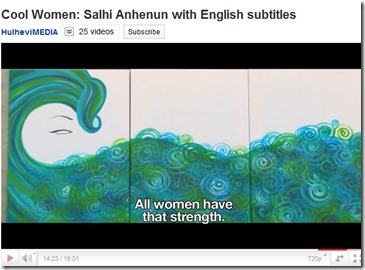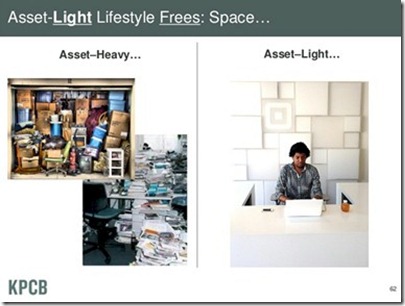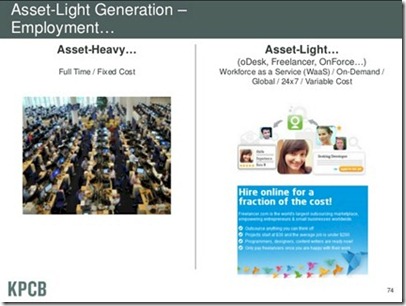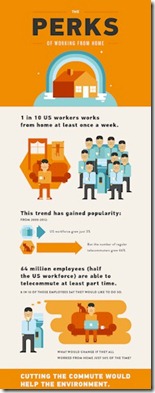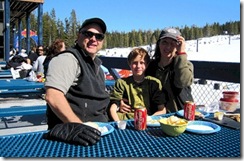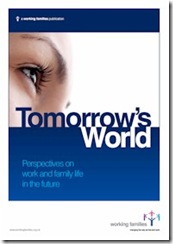International Women’s Day today. A day to celebrate the distinctive gifts and challenges women around the world share across all facets of life including the workplace. One of my favourite pieces marking the day is the video posted on my other blog, Maldives Complete. So inspired were we that my wife Lori and I bought the art piece Dhaalu Girl featured in the video from the artist Aishath Aima Mustafa (her first art sale).
The BNET piece ‘Why Men and Women Work Differently’ highlights a few of the differences women present and face. The kind of differences that a Dynamic Working organisation can accommodate so readily. Unfortunately, I find that well-meaning pieces like this simply reinforce cultural and sexist stereotypes. I endorse the article for raising insights as to how people can differ in approaches, but I disapprove of the gender pigeonholing. It is not about respecting “women’s” multi-taking and nurturing. It is about respecting anyone’s multi-tasking and nurturing (I’m actually a pretty accomplished multi-tasker, eg. I exercise, listen to podcasts and organise the garage simultaneously each Saturday).
Respect for ‘diversity’ (and Dynamic Work) is less about ‘men and women’ working differently, and more about how *everybody* works differently. Gender is just one prominent and conventional variable. Diversity programmes which slap on a few female-specific accommodations do a disservice to women in the end as well as to the rest of the staff and the business itself.
I recommend Cash Justin Miller’s “The Advantages of Cultural Diversity in Business” (thank Eileen). ‘Cultural diversity’, as well is not merely ethnic nor geographical differences, but any difference in upbringing, experience, tradition or background. When this level of diversity is respected, the consideration of gender will be a non-issue..
